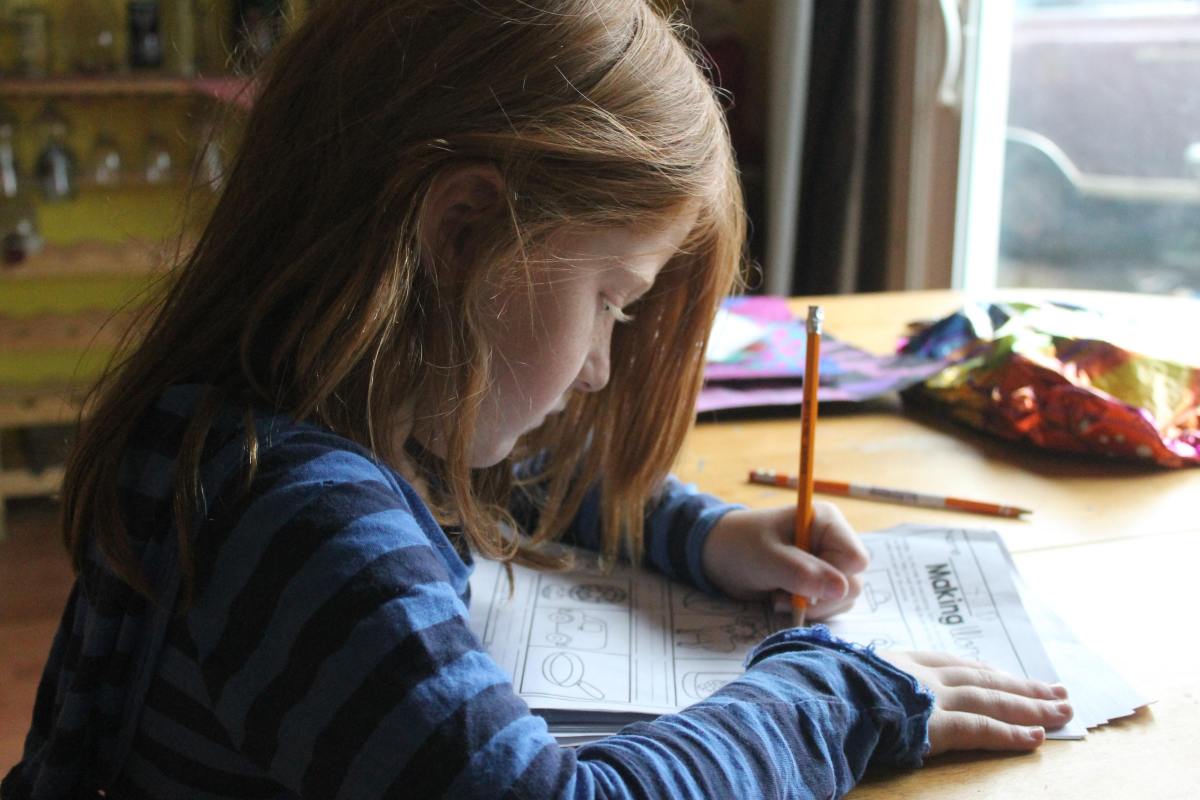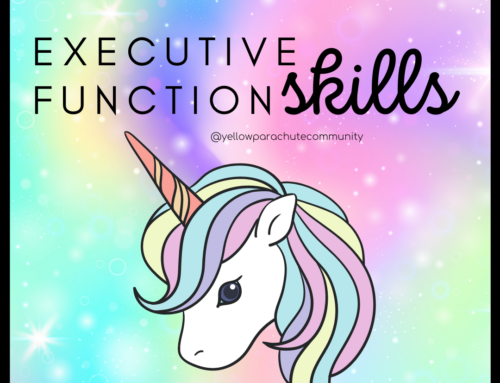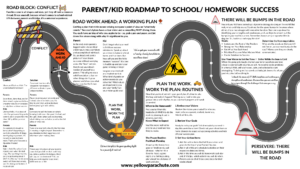For a long time in our house, the parental catchphrase, “Remember your goal” led to grumpy retorts, which led to tense “conversations,” which led to a frustrated family. My husband and I couldn’t understand our kids’ lack of desire to “work hard,” and our kids couldn’t understand why their parents wouldn’t lay off.
What a blow, to find yourself facing off with your kids when you only wanted to help them win. Child of mine, how did I become the bad guy?I’m on your side! Eventually, I decided I needed to find the answer to that question, “how did I become the bad guy?” It led, at first, to more questions: When had their goals become my goals? Had they become my goals? And why are they mad at me for trying to help them?
But after a while of meditating on these other questions, the answers began revealing themselves. The truth is: they never really owned the goal. Or, their goal was a pie-in-the-sky dream that they hadn’t truly translated to reality…into a set of steps to get them there.
But I had.
I took their hopes and transformed them into architectural plans. I plotted out the measurable steps my kids needed to take to achieve them. And that’s how their dreams became mine…and got lost in translation.
Without realizing it, I had pictured my kiddo achieving the goal (and maybe even led them to have it in the first place), devised a plan of attack capitalizing small daily steps, decided when and how they should take these steps, and then expected the kiddo to execute my plan at myprompting.
Yeesh. Please tell me I’m not the only one (?)
So. How do you put your kids in charge of their own dreams? Take more time. I know. It’s the one thing we don’t have enough of. But we can do this one thing in small amounts: create a pause. This week, talk with your kiddo about her or his interests, hopes, dreams, questions, curiosities. Each day. Really listen. Relay what you hear back to them: It sounds like you really like working outside, or are there any opportunities for you to practice that skill this summer, or, Do you want to make a list of the types of things you’re interested in? If you have a writer, maybe he or she would take up journaling for 10 minutes a day. An aspiring athlete? Maybe they’d like to help with backyard or garage (or driveway) drills.
The key is to keep listening and listing, until your kids recognize themselves in the priorities you have down on paper. Observe and jot down:what do they do without asking? What do they gravitate to in their free time (besides “Fortnite”)? While you’re doing that, I’ll make my lists too. Meet ya back here next week for the next steps!
Want more resources? Here’s a sneak peek at Yellow Parachute’s SOS goal-setting curriculum!
Setting goals in 3 steps:
1) STOP: Pause
Where do we start in helping students use metacognition—engaging working memory—to set realistic goals?
First students must access the ability to use impulse control. Impulse control involves resisting the strong inclination to do one thing and instead do what is most appropriate. It shows in the areas of: Attention: resist distractions Emotion: resist giving up Behavior: resist the impulse to do an action that is inappropriate or unnecessary to the task at hand
Impulse control offers a student the ability to delay gratification – the first part of STOP and think: where am I and where do I want to be – to see into the future. This pause and look forms the essential opportunity for a student to set realistic goals.
2) PLAN With the END in MIND: HOW TO GET THERE
REHEARSAL: SEEING INTO THE FUTURE to make a PATH (& its connection to Successful Habits)
The role of rehearsal in planning: Once our students have stopped to create an accurate picture of where they are in relation to a particular struggle or obstacle and goal, skill, or project, it is time to plan how to get where they want to go. The act of rehearsal will play a critical role in creating a successful path.
Authentic, student-centered activities, projects, and discussions will give students the opportunity to do the following:
- Make predictions
- Solve a variety of types of problems
- Pursue inquiries
- Analyze what information they need
- Consider how to acquire any skills or knowledge they lack to reach desirable goals
3) Move Forward: THE POWER OF PERSEVERANCE: MINDSET & BELIEF
Model, teach, and reteach. Rely on reflection and metacognition to build a pathway that students can see, walk through, talk through, and evaluate. Remember, each attempt isn’t about judging success or failure. Your performance is just a data point—feedback on your path.
-Cara







